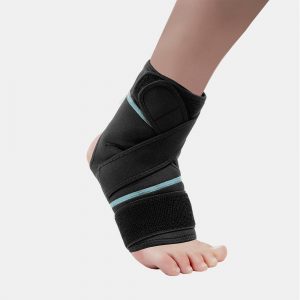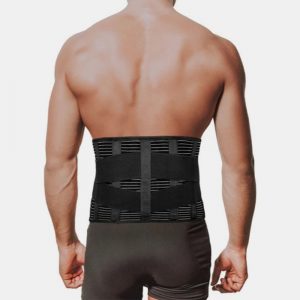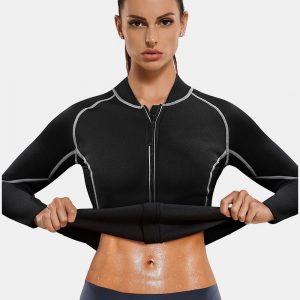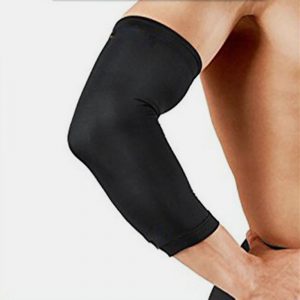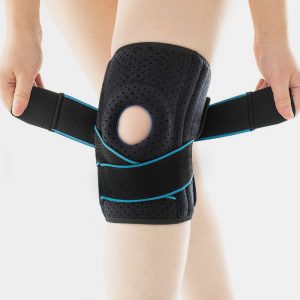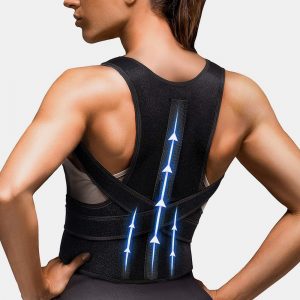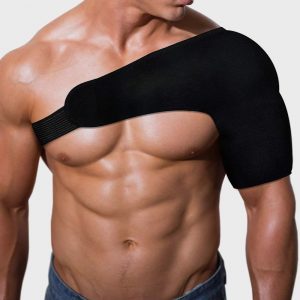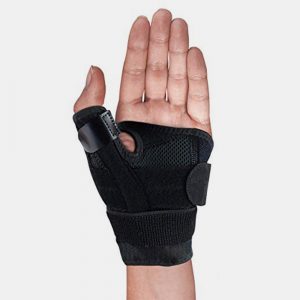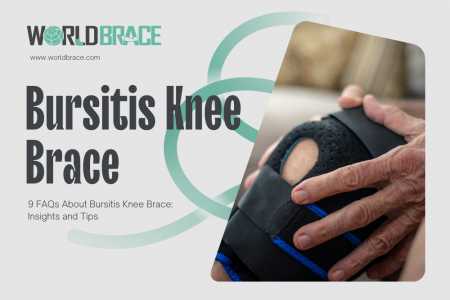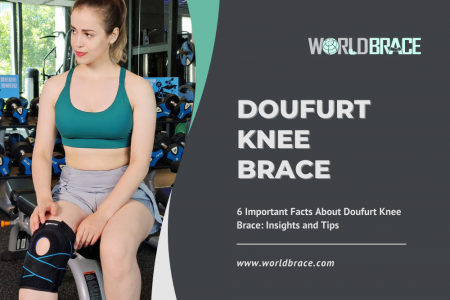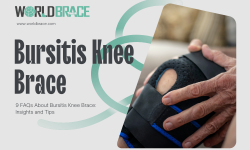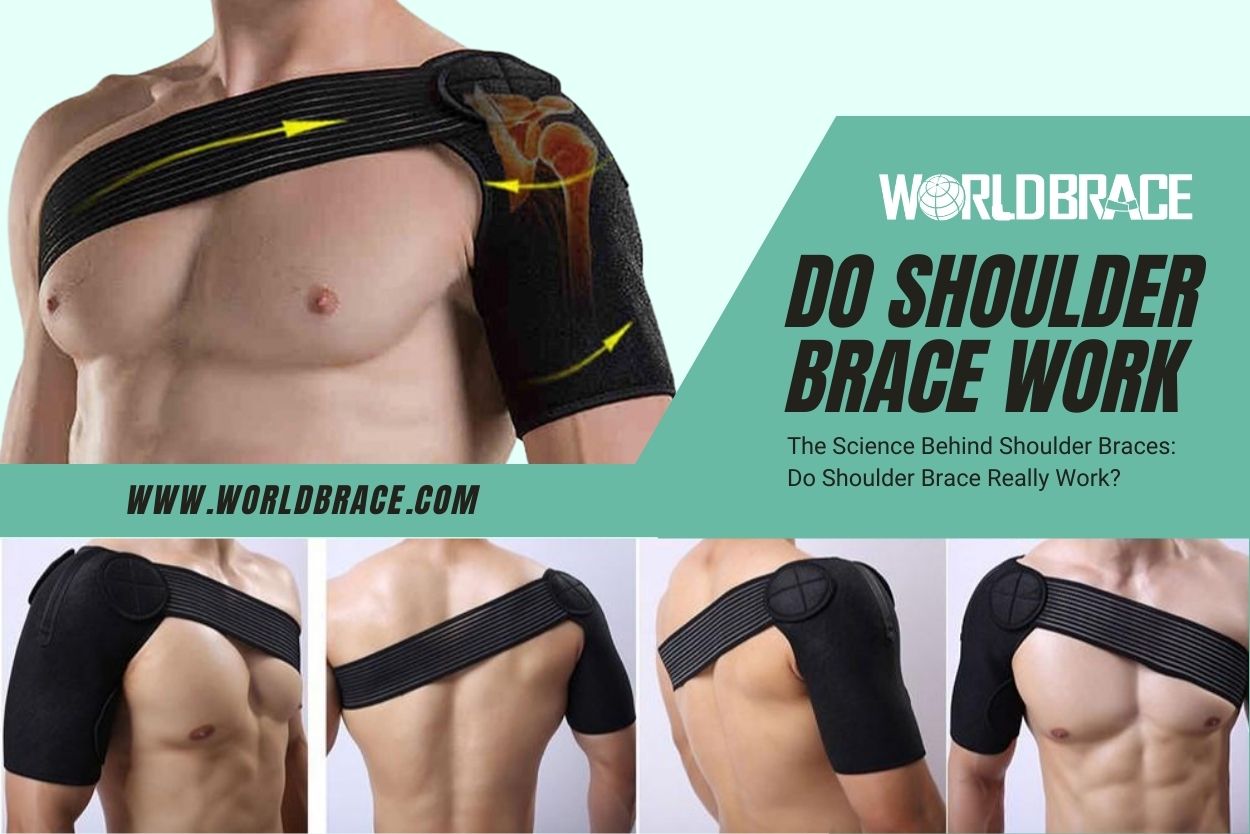
ما هي وكيف تعمل؟
أجهزة تقويم الكتف هي فئة من أجهزة تقويم العظام المصممة لدعم وتثبيت مفصل الكتف. هذه الأجهزة لها أنواع وتصاميم مختلفة، ولكل منها غرض ووظيفة محددة. صُممت بعض الدعامات لتثبيت المفصل، بينما يسمح بعضها الآخر بالتحكم في الحركة.
إن العلم الذي يقوم عليه بناء وميكانيكيات دعامات الكتف معقدة وتتطلب معرفة عميقة بالتشريح والميكانيكا الحيوية لمفصل الكتف. تشمل أكثر أشكال دعامات الكتف انتشاراً دعامات الكتف المثبتات المصممة للحد من حركة المفصل والمثبتات التي توفر الدعم مع تمكين الحركة المنظمة. وعادةً ما يتم استخدام المثبتات بعد الإصابة الشديدة في الكتف أو الجراحة لمنع حدوث أي ضرر إضافي للمفصل.
وغالباً ما تتكون من مواد غير مرنة مثل المعدن أو البلاستيك ويتم تثبيتها في مكانها بواسطة أحزمة أو شريط فيلكرو. أما المثبتات فهي مصنوعة لدعم المفصل مع تمكين درجة معينة من الحركة. وعادةً ما تكون مصنوعة من مواد أكثر مرونة مثل النيوبرين وقد تشتمل على أحزمة أو أربطة قابلة للتعديل لتوفير دعم إضافي. يمكن استخدام المثبتات في حالات مختلفة، بما في ذلك إصابات الكفة المدورة وخلع الكتف والتهاب المفاصل. وعموماً، يركز العلم الذي يحرك دعامات الكتف على نقل الدعم والثبات لمفصل الكتف مع تعزيز النقاهة ومنع المزيد من الإصابات.
يمكن أن تكون دعامات الكتف، عند استخدامها وصيانتها بشكل مناسب، أداة فعالة في علاج إصابات الكتف والوقاية منها.
فوائد استخدام دعامات الكتف
تُستخدم دعامات الكتف على نطاق واسع لعلاج إصابات الكتف المختلفة والوقاية منها، وهي تقدم مجموعة من الفوائد لمن يستخدمها. وفيما يلي بعض الفوائد الرئيسية لاستخدام دعامات الكتف:
- تخفيف الألم: يمكن أن تساعد دعامات الكتف في تخفيف الألم والانزعاج من خلال توفير الدعم والثبات لمفصل الكتف. يمكن أن يكون ذلك مفيداً بشكل خاص للأفراد الذين يعانون من إصابات الكفة المدورة ومتلازمة اصطدام الكتف وعدم ثبات الكتف.
- زيادة الثبات: يمكن أن تساعد دعامات الكتف أيضاً في تحسين ثبات الكتف من خلال تقييد الحركة المفرطة للمفصل. قد يكون هذا الأمر مهماً بشكل خاص للرياضيين والأفراد النشطين الذين يمارسون رياضات أو أنشطة عالية التأثير تضع الكثير من الضغط على الكتف.
- تحسين وضعية الجسم: يمكن أن تساعد دعامات الكتف في تحسين وضعية الجسم من خلال تشجيع محاذاة مفصل الكتف بشكل صحيح وتقليل التراخي. يمكن أن يكون ذلك مفيداً بشكل خاص للأفراد الذين يجلسون أو يعملون على المكتب لفترات طويلة.
- تعافي أسرع: بالنسبة للأفراد الذين تعرضوا لإصابة في الكتف، يمكن أن يساعد استخدام دعامة الكتف في تسريع عملية التعافي من خلال توفير الدعم والحماية للمنطقة المصابة. كما يمكن أن تساعد أيضاً في منع حدوث المزيد من الإصابات أو تفاقم الضرر الموجود.
- الوقاية من الإصابات المستقبلية: يمكن استخدام دعامات الكتف بشكل استباقي للوقاية من إصابات الكتف في المستقبل، خاصةً لدى الأفراد المعرضين لخطر أكبر بسبب مهنتهم أو مشاركتهم في الرياضة أو الأنشطة البدنية.
الأبحاث وراء دعامات الكتف: ماذا تقول الدراسات؟
على مر السنين، أُجريت العديد من الدراسات للتحقق من فعالية دعامات الكتف في علاج إصابات الكتف والوقاية منها. ومن المهم أخذ نتائج هذه الدراسات بعين الاعتبار عند تحديد ما إذا كان يجب استخدام دعامة الكتف أم لا. وفيما يلي بعض النتائج الرئيسية:
- يمكن أن تقلل دعامات الكتف من الألم: أظهرت العديد من الدراسات أن دعامات الكتف يمكن أن تقلل بشكل فعال من الألم لدى الأفراد الذين يعانون من إصابات الكتف. على سبيل المثال، وجدت دراسة نُشرت في عام 2016 في مجلة جراحة الكتف والمرفق أن دعامات الكتف تقلل بشكل كبير من الألم لدى المرضى الذين يعانون من تمزق الكفة المدورة.
- يمكن لدعامات الكتف تحسين وظيفة الكتف: بالإضافة إلى تقليل الألم، يمكن لدعامات الكتف أيضًا تحسين وظيفة الكتف. وجدت دراسة نشرت في عام 2019 في مجلة جراحة وأبحاث العظام أن دعامات الكتف حسنت بشكل كبير من وظيفة الكتف ونطاق الحركة لدى المرضى الذين يعانون من التهاب المحفظة اللاصق.
- يمكن أن تقي دعامات الكتف من الإصابات: يمكن أيضاً استخدام دعامات الكتف بشكل استباقي للوقاية من إصابات الكتف. فقد وجدت دراسة نُشرت في عام 2017 في المجلة الأمريكية للطب الرياضي أن استخدام دعامات الكتف يقلل من حدوث إصابات الكتف لدى لاعبي كرة القدم الجماعية.
- الملاءمة المناسبة أمر بالغ الأهمية: من النتائج المهمة التي توصلت إليها هذه الدراسات أن الملاءمة الجيدة ضرورية لفعالية دعامات الكتف. يمكن أن يؤدي سوء ملاءمة الدعامة إلى تفاقم آلام الكتف ويؤدي إلى مزيد من الإصابات.
اختيار دعامة الكتف المناسبة: العوامل التي يجب مراعاتها
يمكن أن يكون اختيار دعامة الكتف المناسبة أمراً حاسماً لفعاليتها وضمان تلبيتها لاحتياجاتك وتفضيلاتك. فيما يلي بعض العوامل التي يجب مراعاتها عند اختيار دعامة الكتف:
- المقاس: يعد اختيار المقاس المناسب لدعامة الكتف أمرًا ضروريًا لضمان ملاءمتها بشكل صحيح وتوفير الدعم اللازم. قم بقياس كتفك لتحديد المقاس المناسب، وتأكد من أن الدعامة مريحة ولكن ليست ضيقة للغاية.
- الملاءمة: بالإضافة إلى الحجم، فإن ملاءمة دعامة الكتف أمر ضروري. ابحث عن دعامة مصممة لتناسب نوع الإصابة أو الحالة المرضية التي تعاني منها، وراعي عوامل مثل شكل الدعامة وقابليتها للتعديل.
- المواد: يمكن صنع دعامات الكتف من مواد مختلفة، بما في ذلك النيوبرين والرغوة والمطاط. ضع في اعتبارك مستوى الدعم والراحة الذي تحتاجه وأي حساسية أو حساسية محتملة تجاه مواد معينة.
- قابلية التعديل: ابحث عن دعامة كتف قابلة للتعديل، والتي ستتيح لك تخصيص مستوى الدعم والضغط حسب الحاجة. قد تحتوي بعض الدعائم أيضاً على حشوات أو أحزمة قابلة للإزالة يمكن تعديلها لملاءمة أفضل.
- الاستخدام السليم والصيانة: بمجرد اختيار دعامة الكتف، من الضروري استخدامها وصيانتها بشكل صحيح لضمان فعاليتها. اتبع إرشادات الشركة المصنعة، وتجنب الإفراط في استخدام الدعامة أو الاعتماد عليها بشكل كبير. قم بتنظيف الحامل وفحصه بانتظام لضمان بقائه في حالة جيدة.
طرق أخرى لدعم صحة الكتف: نصائح وتمارين
في حين أن دعامات الكتف يمكن أن تساعد في دعم صحة الكتف، إلا أنها ليست الخيار الوحيد. يمكن استخدام طرق أخرى لدعم صحة الكتف مع دعامة الكتف أو بدلاً منها. إليك بعض النصائح والتمارين لتعزيز صحة الكتف:
- تمارين الإطالة: يمكن أن يساعدك دمج تمارين الإطالة في روتينك اليومي على تحسين المرونة والوقاية من الإصابات. ركز على تمارين المد والإطالة التي تستهدف الكتفين وأعلى الظهر، مثل تمرين الكتفين وتمرين الذراعين المتقاطعين وتمارين المد والإطالة على الصدر.
- تمارين التقوية: يمكن أن تساعد تمارين التقوية أيضاً في تحسين صحة الكتف والوقاية من الإصابات. يمكن أن تكون التمارين التي تستهدف عضلات الكفة المدورة، مثل الدوران الخارجي والداخلي، فعالة.
- وضعية الجسم: يمكن أن تساهم الوضعية السيئة في ألم الكتف والإصابة. ركز على الحفاظ على وضعية جيدة طوال اليوم، وفكر في استخدام كرسي أو وسادة داعمة للمساعدة في دعم عمودك الفقري.
- الراحة والتعافي: إن إعطاء كتفيك وقتاً للراحة والتعافي أمر ضروري لمنع الإصابة وتعزيز الشفاء. إذا كنت تشارك في الأنشطة التي تضع الكثير من الضغط على كتفيك، فخذ فترات راحة وامنح وقتاً للتعافي.
يخدعالاندماج:
وفي الختام، يمكن لدعامات الكتف أن توفر الدعم والثبات لمفصل الكتف بشكل فعال، خاصةً لأولئك الذين يتعافون من الإصابة أو الذين يعالجون آلام الكتف المزمنة. على الرغم من أن دعامات الكتف ليست حلاً شافياً لجميع الحالات، إلا أنها يمكن أن تكون أداة مفيدة مع العلاجات الأخرى، مثل العلاج الطبيعي والتمارين الرياضية، للمساعدة في تحسين وظيفة الكتف وتقليل الألم.
هل تبحث عن دعامة للكتف؟ نحن شركة رائدة في مجال تصنيع وتوريد دعامات الكتف في الصين، ونقدم دعامات مختلفة لتلبية احتياجاتك.

